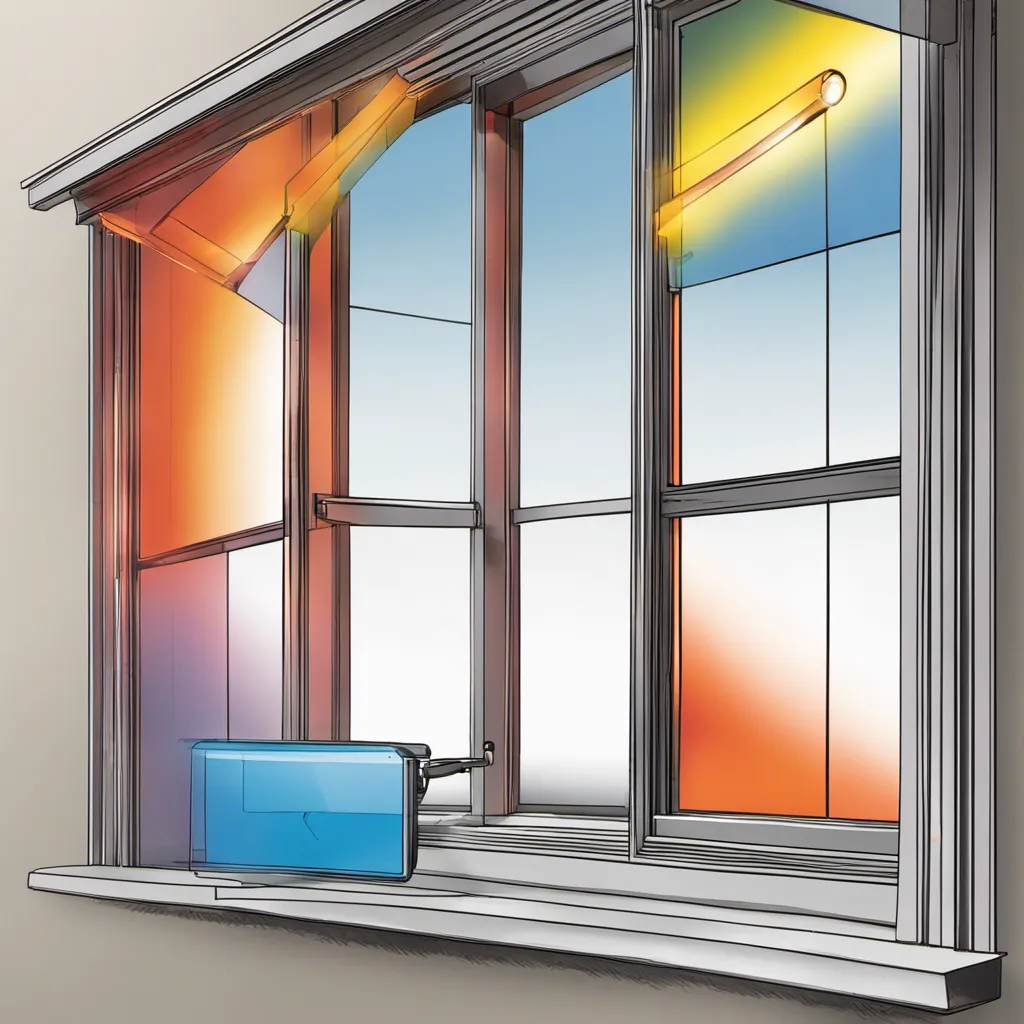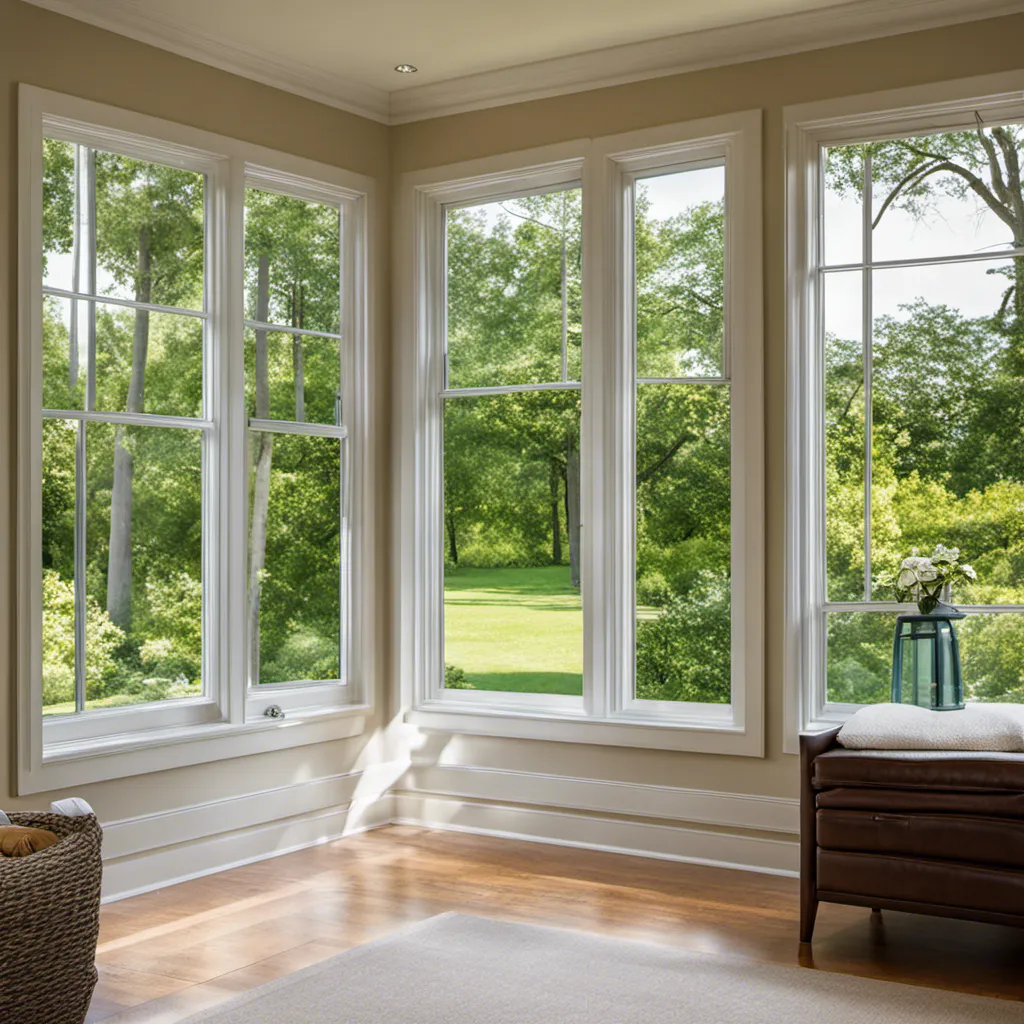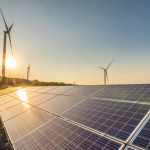In today’s world, as we strive towards sustainable living and environmentally-conscious choices, the efficiency of our homes and offices plays a pivotal role. One of the prime components contributing to the energy efficiency of a building is the type of window glass used. But how does one determine the most energy-efficient window glass? Let’s dive deep into this topic and assist you in making an informed decision.
Understanding Energy Efficient Window Glass
At the core, energy-efficient window glass is designed to prevent heat gain or loss, thus reducing energy costs. They achieve this via:
Reflecting Infrared and UV Light: These rays are responsible for the bulk of heat transfer. Efficient glasses reflect these rays, maintaining a comfortable indoor temperature.

Allowing Visible Light: While they reflect harmful rays, energy-efficient glasses allow visible light, ensuring well-lit interiors.
Key Features to Look For
When shopping for energy-efficient window glasses, these are the attributes you should be keen on:
- Low-Emissivity (Low-E): This feature ensures reduced transmission of infrared and ultraviolet light.
Example: Think of Low-E glass as a protective barrier, just like sunscreen for your home, preventing harmful rays from entering while letting in the brightness of natural daylight. - Multiple Panes: Double or triple-paned windows filled with insulating gases (like argon) boost energy efficiency.
- Warm Edge Spacers: These prevent heat loss and reduce condensation.
- Gas Fills: Argon or krypton gas fills between panes act as insulating materials, further enhancing efficiency.
Why is Energy Efficiency Crucial?
- Cost Savings: Efficient windows directly contribute to reduced heating and cooling bills. Checkout government grands for windows replacement.
- Improved Comfort: With minimized cold drafts and reduced heat gain, your indoor environment remains consistently comfortable.
- Environmental Impact: Lower energy usage translates to a reduced carbon footprint.

Read more: How to Weatherstrip your Windows and Doors
The Different Types of Energy-Efficient Glasses
Let’s use a comparative table to make your decision-making process easier:
| Type | Benefits | Best For |
| Low-E Glass | Reflects infrared & UV light, minimizes heat transfer. | Homes in areas with extreme temperature fluctuations. |
| Tinted Glass | Absorbs incoming solar radiation, reducing glare and heat. | Regions with strong, direct sunlight. |
| Reflective Glass | Reflects solar radiation, reducing both light and heat. | Commercial buildings in tropical zones. |
| Gas-filled Double/Triple Panes | Increased insulation, reduced heat transfer. | Cold regions and places with noise pollution. |
Quotes from Industry Experts
“The right window glass doesn’t just save money—it enhances the comfort of your living space.” – Jane Doe, Architect
“In an era of sustainable solutions, choosing energy-efficient window glasses isn’t just a preference; it’s a responsibility.” – John Smith, Environmentalist
Benefits of Opting for the Most Energy-Efficient Window Glass:
- Economic Advantages: Long-term savings on energy bills.
- Comfort: Consistent indoor temperatures, reduced UV radiation, and minimized glare.
- Environmental: Reduced carbon footprint and support for a sustainable future.
- Health: Increased natural light has been linked to improved mood and productivity.
- Compliance: Meets evolving energy-efficient building codes and standards.
Selecting the most energy-efficient window glass is an investment in your comfort, wallet, and the planet. By understanding the key features and benefits, you can ensure that you’re making a choice that serves both your immediate needs and long-term objectives.
Remember, the best window glass isn’t just about energy efficiency; it’s about enhancing the overall quality of your indoor space. As you embark on this decision-making journey, equip yourself with knowledge and prioritize sustainable living.






Leave a Reply